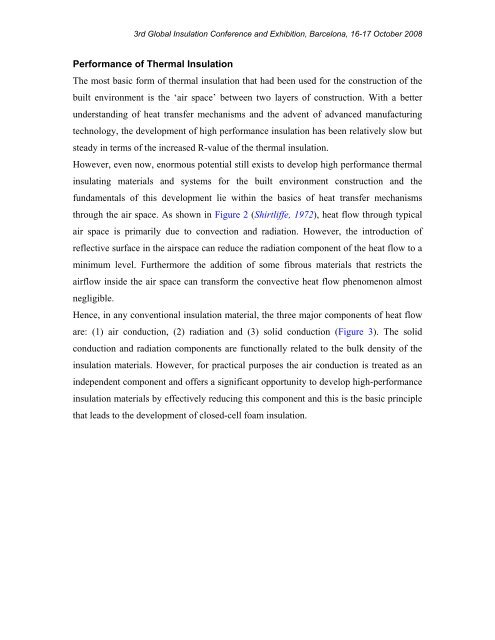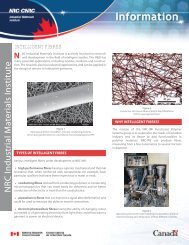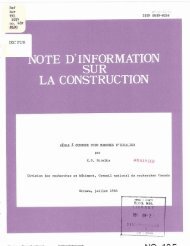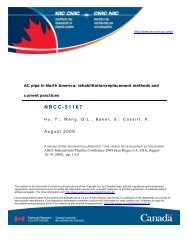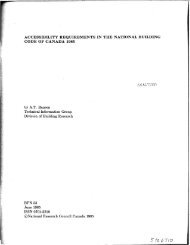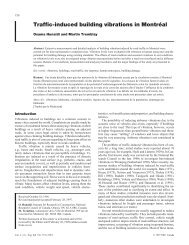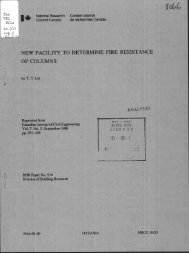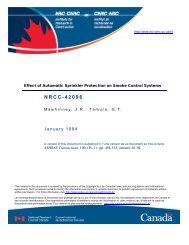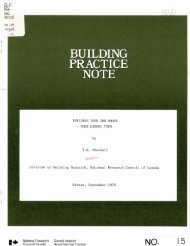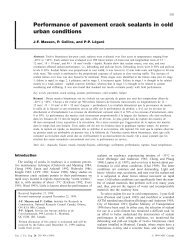Long-Term Thermal Resistance of Closed-Cell Foam Insulation ...
Long-Term Thermal Resistance of Closed-Cell Foam Insulation ...
Long-Term Thermal Resistance of Closed-Cell Foam Insulation ...
- No tags were found...
You also want an ePaper? Increase the reach of your titles
YUMPU automatically turns print PDFs into web optimized ePapers that Google loves.
3rd Global <strong>Insulation</strong> Conference and Exhibition, Barcelona, 16-17 October 2008Performance <strong>of</strong> <strong>Thermal</strong> <strong>Insulation</strong>The most basic form <strong>of</strong> thermal insulation that had been used for the construction <strong>of</strong> thebuilt environment is the ‘air space’ between two layers <strong>of</strong> construction. With a betterunderstanding <strong>of</strong> heat transfer mechanisms and the advent <strong>of</strong> advanced manufacturingtechnology, the development <strong>of</strong> high performance insulation has been relatively slow butsteady in terms <strong>of</strong> the increased R-value <strong>of</strong> the thermal insulation.However, even now, enormous potential still exists to develop high performance thermalinsulating materials and systems for the built environment construction and thefundamentals <strong>of</strong> this development lie within the basics <strong>of</strong> heat transfer mechanismsthrough the air space. As shown in Figure 2 (Shirtliffe, 1972), heat flow through typicalair space is primarily due to convection and radiation. However, the introduction <strong>of</strong>reflective surface in the airspace can reduce the radiation component <strong>of</strong> the heat flow to aminimum level. Furthermore the addition <strong>of</strong> some fibrous materials that restricts theairflow inside the air space can transform the convective heat flow phenomenon almostnegligible.Hence, in any conventional insulation material, the three major components <strong>of</strong> heat floware: (1) air conduction, (2) radiation and (3) solid conduction (Figure 3). The solidconduction and radiation components are functionally related to the bulk density <strong>of</strong> theinsulation materials. However, for practical purposes the air conduction is treated as anindependent component and <strong>of</strong>fers a significant opportunity to develop high-performanceinsulation materials by effectively reducing this component and this is the basic principlethat leads to the development <strong>of</strong> closed-cell foam insulation.


